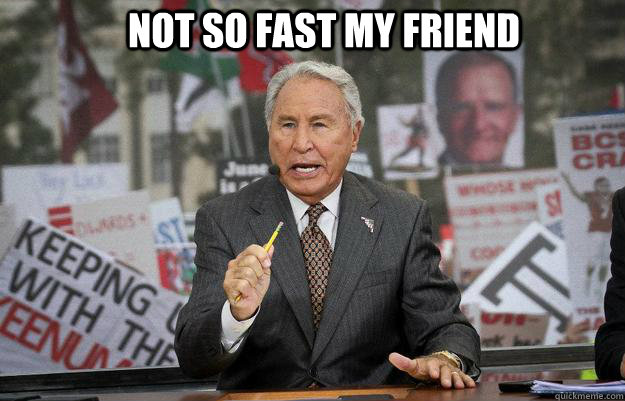So vSphere 6.5 introduced VMFS-6 which came with the highly-desired automatic UNMAP. Yay! But some users still might need to run manual UNMAP on it for some reason. Immediate reasons that come to mind are:
- They disabled automatic UNMAP on the VMFS for some reason
- They need to get space back quickly and don’t have time to wait
When you run manual UNMAP one of the options you can specify is the block count. The UNMAP process since 5.5 iterates through the VMFS, by issuing reclaim to a small part of the VMFS, one at a time, until UNMAP has been issued to all of the free space. The block count dictates how big that segment is. By default ESXi will use 200 blocks (which is 200 MB). Continue reading “Issue with Manual VMFS-6 UNMAP and Block Count”


